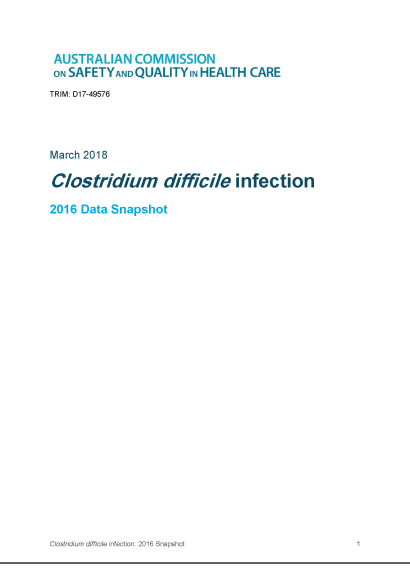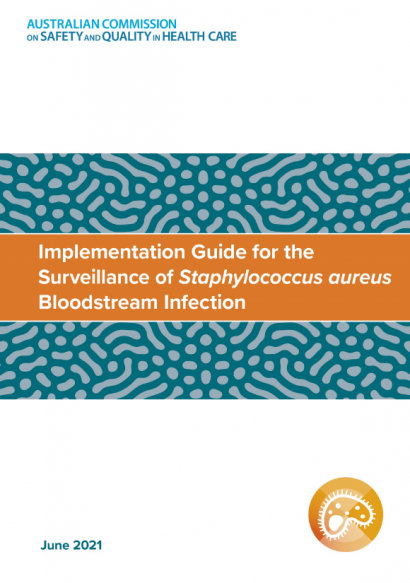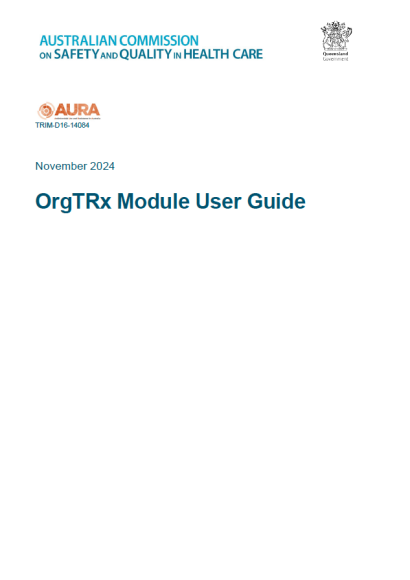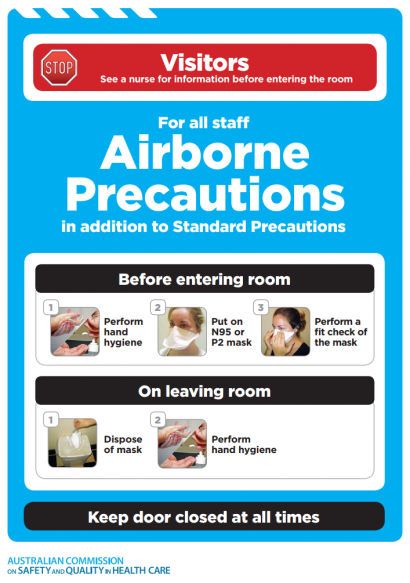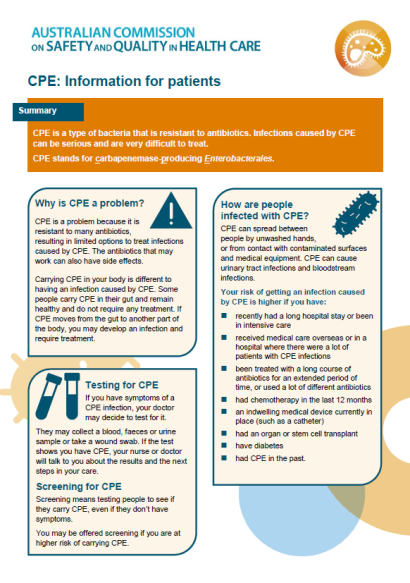Communicating for safety involves the accurate and careful exchange of information about a person's care between treating clinicians, members of a multidisciplinary team, and between clinicians and patients, families and carers.
The primary care sector has an important role to play in improving the safe and appropriate use of antimicrobials, and reducing patient harm and the risk of antimicrobial resistance (AMR) in Australia.
The Commission has identified a set of six elements for comprehensive care delivery, which represent different stages or processes that a patient may experience when clinical care is delivered in alignment with the Comprehensive Care Standard.
Measurement and feedback are key to quality improvement. Data can be used to identify areas where services are doing well and areas where improvement is required.
Person-centred care is widely recognised as a foundation to safe, high-quality health care. It is care that respects and responds to the preferences, needs and values of patients and consumers.
Falls are a significant cause of harm for older people. The Commission has updated the best practice guidelines for preventing falls and harm from falls in older people.
To focus care on patients' needs, and determine the most appropriate model of care for the patient, it is important that health services identify and assess patients' risk of harm.
These FAQs answer some common questions about the Comprehensive Care Standard, and more generally what comprehensive care means in the Australian health system.
The Commission has developed the National Consensus Statement: Essential elements for safe high-quality end-of-life care which describes the key clinical and organisational requirements for delivering excellent end-of-life care.

